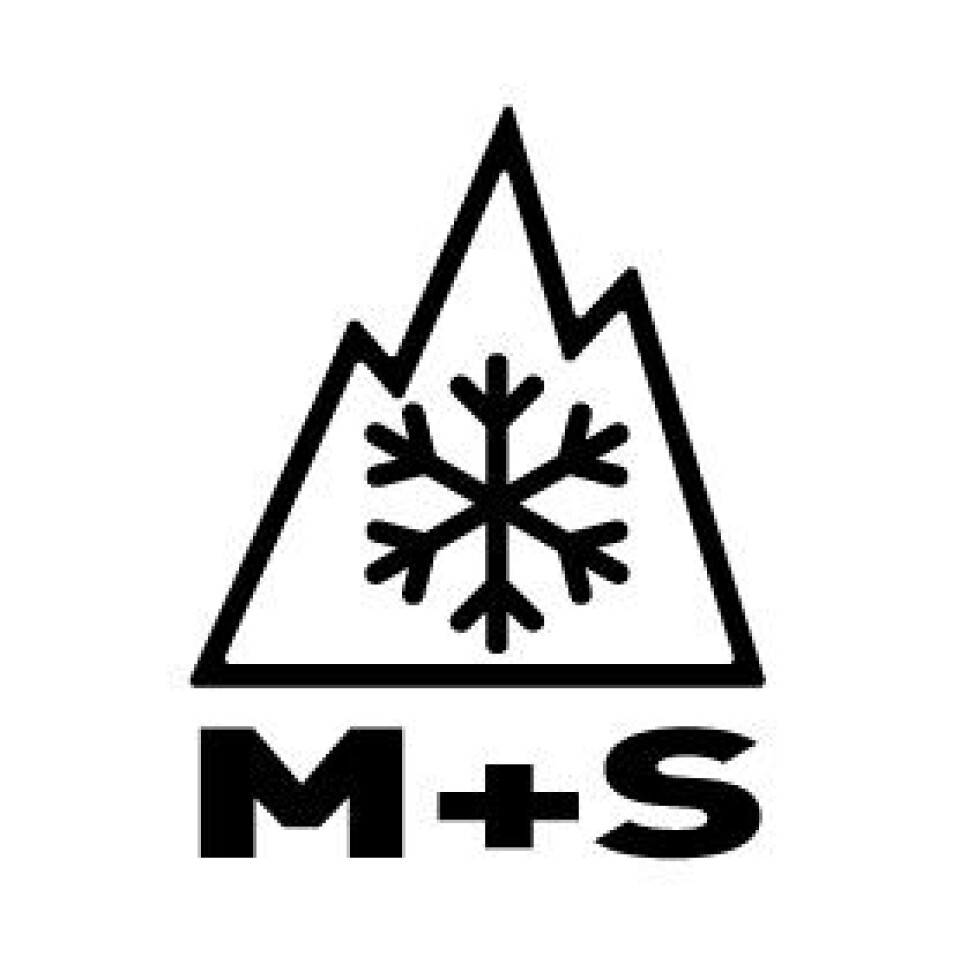-
Is health insurance required to return to visit England from France?
Certain health access remains free at the point of use for all
-
Do self-employed people in France put their personal assets at risk?
Rules for self-employed workers are different than for employees
-
French couple must change windows after complaint over transparency
Replacement windows were the same size but glass used was transparent not translucent
Are all-season tyres allowed during winter in France?
Winter tyres are required from November in several areas of France, but the rules do offer a degree of flexibility

Reader question: My department is not affected by the law requiring winter tyres, but some nearby areas, which I might want to drive through, are. Can I get all-season tyres instead?
Yes, all-season tyres are (for the 2023/2024 year) an acceptable alternative to fitting purpose-made ‘winter’ tyres in those areas that are subject to the Loi Montagne.
This law relates to the period from November 1 to March 31 and requires drivers in some of France’s mountainous regions to ensure their vehicles are adapted to winter conditions, either with ‘winter tyres’ or with alternative systems to improve grip.
For the time being, ‘all-season’ tyres can qualify as ‘winter’ ones for these purposes.
In the 2023/2024 year, 34 departments required the tyres in some or all of their communes, both for residents and those passing through.
The rules will be applied to cars registered in France or abroad, so even if you are only visiting, you will need to comply.
Cars without suitable equipment could be fined €135, however as of the 2023/2024 year a decree to allow police to impose the fines has not yet been passed.
If you do not live in a mountainous area yourself, it might feel unnecessary to equip your car with winter tyres just for a couple of short trips.
Fortunately, the law provides several options.
Winter tyres
The first option is to fit your car with four specialised winter tyres, which will bear the ‘3PMSF’ (3 Peak Mountain Snow Flake) logo – see below – and will also come labelled as ‘M+S (or sometimes M.S or M&S), which stands for Mud+Snow.
These purpose-made winter tyres are specifically designed for use in severe snow, and provide optimal protection against treacherous conditions.

Credit: YegoeVdo22 / Shutterstock
3PMSF tyres must pass a standardised acceleration test on a snow-covered road and have at least 25% better traction than a standard reference tyre.
Certain manufacturers and sellers, such as Michelin, have created a specific logo labelled ‘Loi Montagne – Certifié 3PMSF’ to remove any doubt about eligibility under the law. 3PMSF specialised winter tyres are designed to stay soft and pliable in temperatures below 7C, but if used during summer, the softer tread will mean they wear out more quickly, so it is best to switch in the spring.
All-season tyres
These are specifically designed to be suitable for all-year-round use.
They are usually a little more costly than ordinary tyres, but will provide better grip in wintry conditions than ordinary ones. Some of these pneus 4 saisons do also carry the 3PMSF logo but many have only the M+S rating.
All-season tyres are suitable for use in the winter, but they are not specifically designed for severe snowy or icy terrain, and are therefore not ideal for driving through mountainous areas.
The M+S rating represents a declaration from the manufacturer that the tyre operates better in snowy or muddy conditions than regular tyres.
The rating refers to the tread design, with M+S tyres having deeper ridges than conventional tyres, though they are not required to pass any specific, standardised performance tests to obtain this.
For the time being, the mountain law nonetheless allows tyres with either M+S or 3PMSF to qualify as acceptable pneus d’hiver under the law, thus including ‘all-season’ tyres.
From November 1, 2024, the law will require tyres with both the M+S and 3PMSF symbols
Alternative options
If you would rather not invest in winter tyres, you can also carry chains or snow socks, for at least two drive wheels, in the boot.
Socks are easier to apply, but are less effective and do not last as long as chains.
The Loi Montagne applies to most vehicles apart from motorcycles, licence-free cars, and cars with studded tyres.
It is up to the departments to decide which communes the obligation will apply to.
A map and list of communes is available at tinyurl.com/wintyres.
Related articles
MAP: where in Franch mountainous departments to you now need winter tyres or snow chains
Winter tyres, 90km/h: Five November updates for drivers in France
Are tyre prices and minimum tread depths the same in France and UK
























